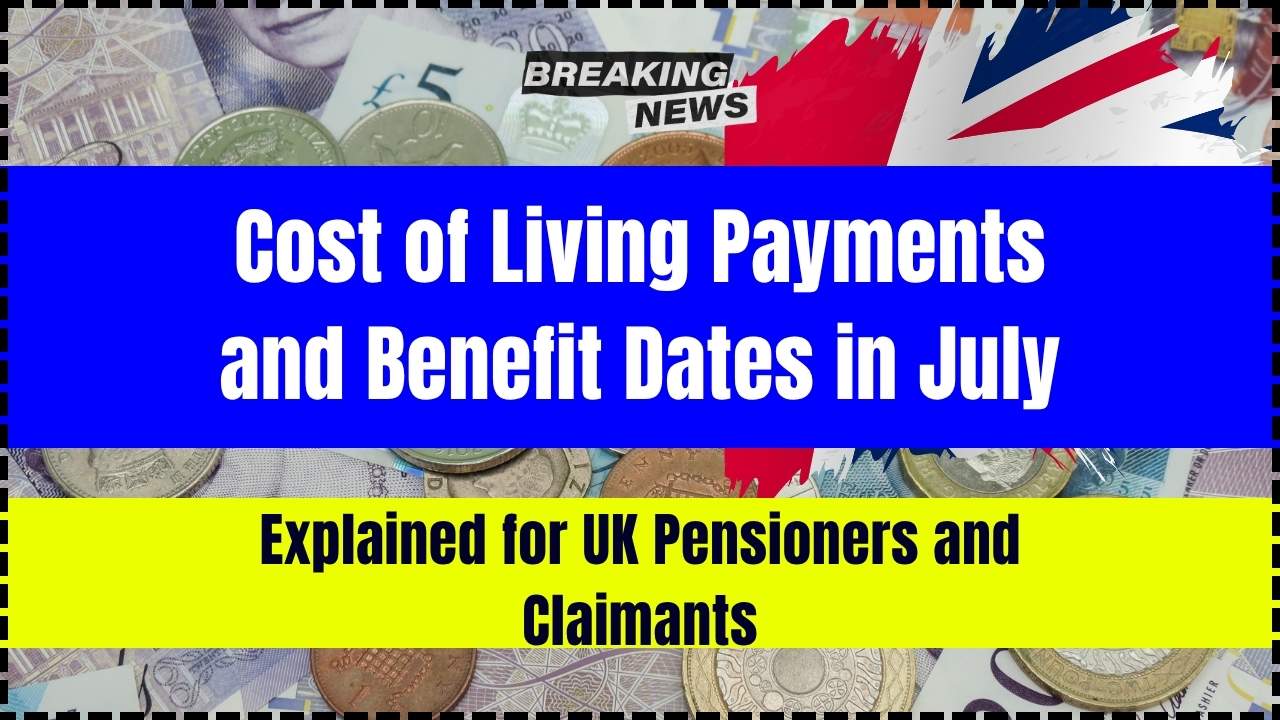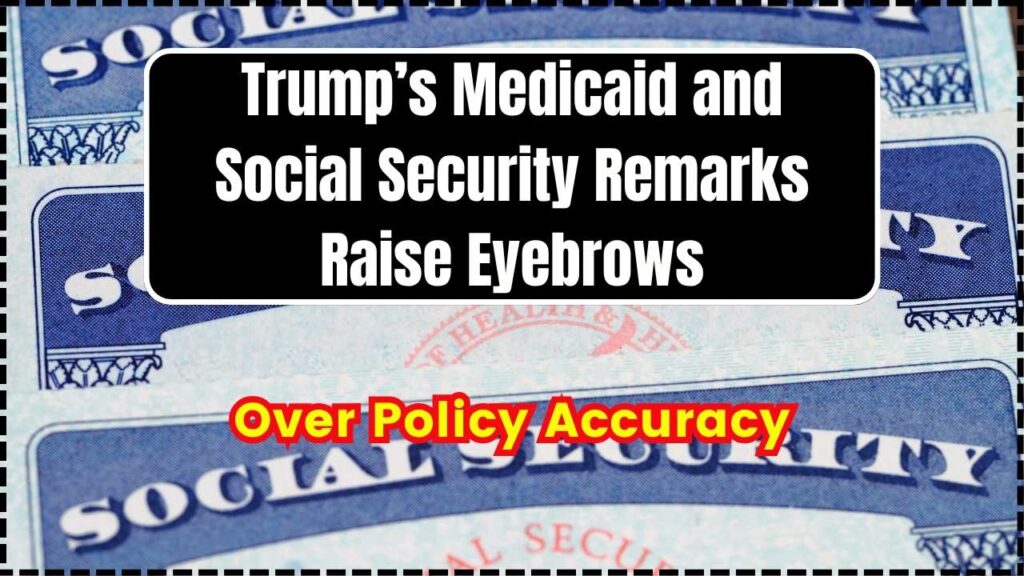
Trump’s Medicaid and Social Security Remarks: President Donald Trump’s recent remarks regarding Medicaid and Social Security have raised significant concern and curiosity across the nation. As a major player in U.S. politics, when the former president speaks on such crucial social safety net programs, it sparks both public and legislative scrutiny. For those relying on these programs, Trump’s statements about safeguarding these entitlements, juxtaposed against actual legislative actions, have left many questioning his true intentions.
In a town hall event in April 2025, Trump stated, “We’re not doing anything with entitlements,” referring to programs like Medicaid and Social Security. He emphasized that his administration would prioritize eliminating “waste, fraud, and abuse” from these systems. However, the reality of ongoing policy discussions, such as those surrounding proposed budget cuts in Congress, suggests a disconnect between public assurances and policy actions. In this article, we will dive deeper into the current debate surrounding Trump’s approach to Medicaid and Social Security. We’ll also explore the broader context, the implications for millions of Americans, and how to navigate the changes that may be on the horizon. Whether you’re a concerned citizen or a professional in public policy, understanding the nuances of this topic is essential.
Trump’s Medicaid and Social Security Remarks
While President Trump continues to assure the public that Social Security and Medicaid will remain untouched, the legislative reality presents a different story. Proposed budget cuts, particularly to Medicaid, could have dire consequences for millions of Americans who rely on these programs. Whether these programs are truly safe remains to be seen, but it’s clear that the rhetoric around their protection does not always align with the policy actions that are being discussed in Congress. It’s essential to stay informed and proactive as changes unfold. Keep an eye on updates, and don’t hesitate to advocate for your rights and benefits. By doing so, you can better prepare for the potential challenges that may arise in the future.
| Key Topic | Summary |
|---|---|
| Trump’s Statement on Entitlements | Trump claimed that his administration would not cut Social Security or Medicaid and would focus on eliminating waste. |
| Legislative Reality | Proposed bills in Congress, including a $2 trillion spending cut, include significant reductions to Medicaid. |
| Fact-Checking the Claims | Fact-checkers revealed discrepancies between Trump’s statements and the reality of the proposed cuts. |
| Medicaid Cuts | The House bill could result in 8.6 million Americans losing healthcare coverage. |
| Public Perception | Polls show 59% of Americans oppose proposed Medicaid cuts, showing a significant divide between rhetoric and action. |
| Administration Actions | Critics argue that administrative decisions, such as changes in the Social Security Administration, may impact service delivery. |
| Political Implications | The growing divide between Trump’s promises and actual policy has sparked confusion and debate. |
What’s Going On with Medicaid and Social Security?
Before we dive into the specifics of Trump’s statements, let’s first define what Medicaid and Social Security are and why they matter so much.
Medicaid is a health insurance program primarily for low-income individuals, families, and people with disabilities. It covers a wide range of services like hospital stays, doctor visits, and prescription medications. For many Americans, Medicaid is their lifeline, providing access to healthcare when they can’t afford private insurance.
Social Security is a federal program that provides financial support to retired people, people with disabilities, and survivors of deceased workers. It’s often seen as a safety net for older Americans who have worked hard throughout their lives and are now facing the challenges of aging or health issues.
Together, these two programs play a vital role in protecting vulnerable populations, and any changes to their structure or funding can have far-reaching consequences.
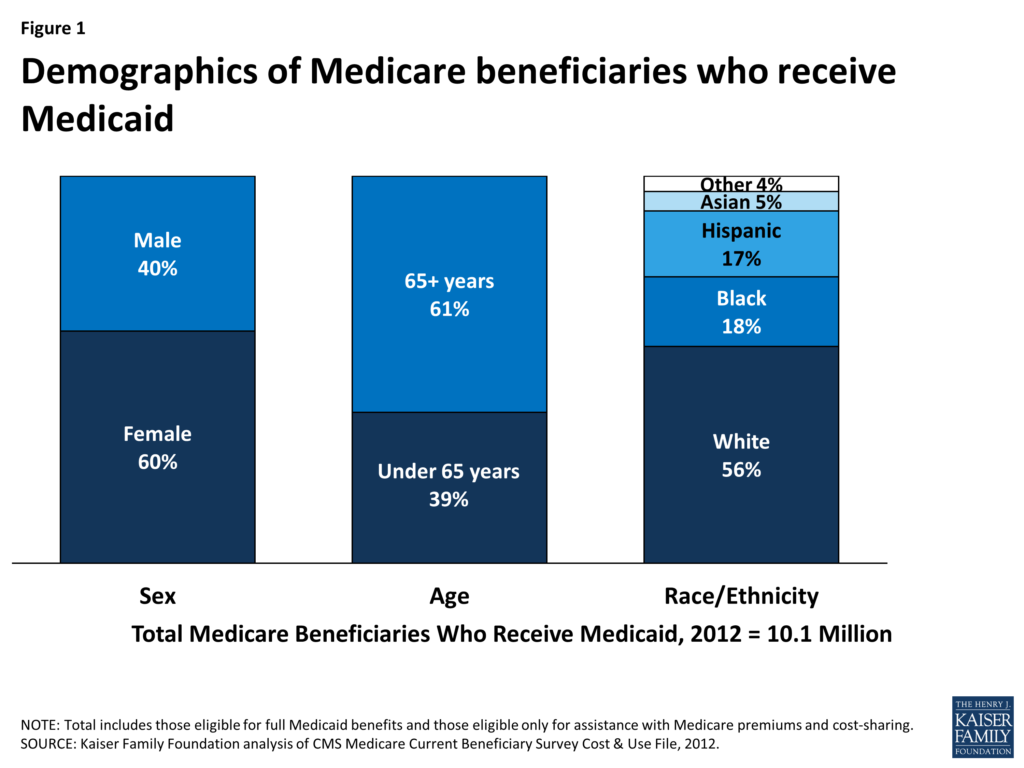
Historical Context: The Foundation of Medicaid and Social Security
Medicaid and Social Security are cornerstones of the U.S. welfare system, designed to provide a safety net for Americans in need.
Social Security was established in 1935 under President Franklin D. Roosevelt’s New Deal to protect workers in their retirement years, and to support disabled individuals and families who had lost breadwinners. Social Security’s goal was to ensure a basic standard of living for Americans who had worked and paid into the system.
Medicaid came into play in 1965 under President Lyndon B. Johnson as part of his Great Society initiative. Its mission was to help low-income individuals access essential healthcare services, ensuring that the most vulnerable—children, the elderly, and people with disabilities—could receive medical care, regardless of their income.
The Discrepancy Between Rhetoric and Reality
Trump’s recent claim that “we’re not doing anything with entitlements” has caused some head-scratching among critics. He insists that his administration won’t touch these programs, promising to focus on cutting waste, fraud, and abuse. However, the reality is that proposed budget cuts have raised serious concerns.
For instance, the House of Representatives passed a $2 trillion spending cut bill that includes drastic reductions to Medicaid funding. Though the bill spared Social Security, the potential harm to Medicaid is concerning for millions of people who rely on it for their healthcare needs. To make matters worse, the Congressional Budget Office estimates that these cuts could cause 8.6 million people to lose their healthcare coverage.
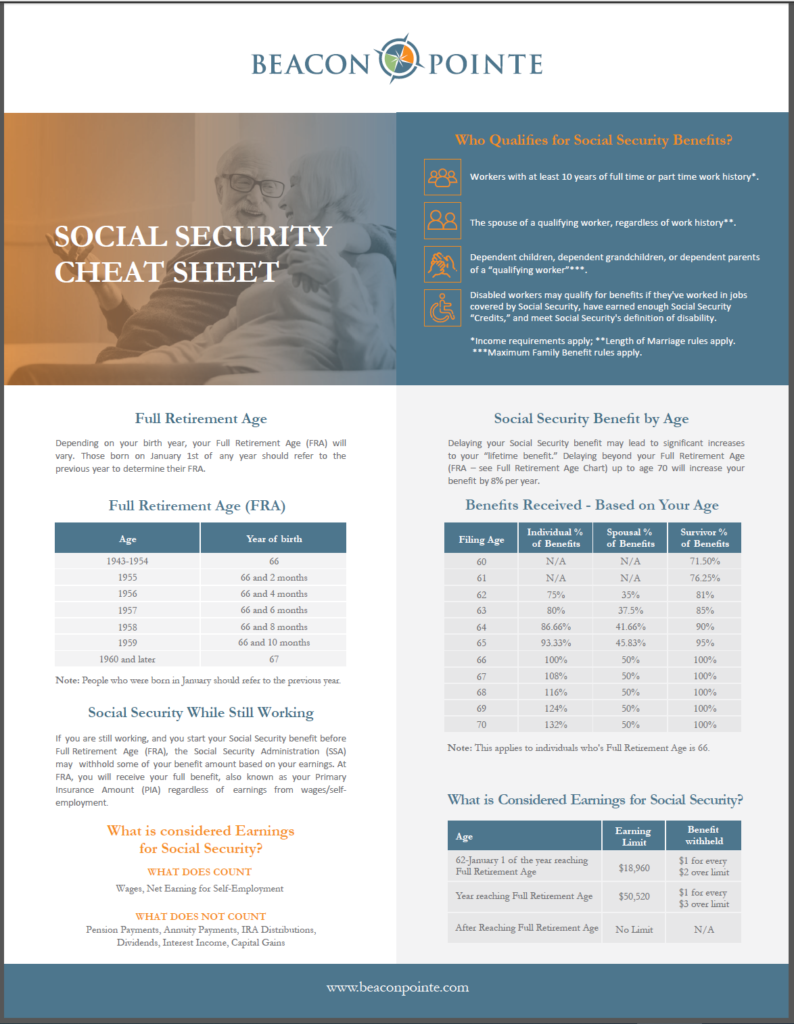
Breaking Down Trump’s Medicaid and Social Security Policies
In order to better understand how these proposed changes could impact the country, let’s break it down step by step:
Step 1: The Reality of Proposed Cuts
Though Trump reassures the public that Medicaid and Social Security won’t be touched, his administration’s proposed budget cuts suggest otherwise. These cuts have been met with strong opposition, especially from those who depend on Medicaid for health coverage. A recent poll by Fox News showed that 59% of Americans are against the Medicaid cuts outlined in the proposed bills.
Step 2: Fact-Checking the Claims
Several fact-checking organizations, including FactCheck.org and Al Jazeera, have pointed out discrepancies in Trump’s statements regarding the protection of Social Security and Medicaid. They note that while he claims the programs won’t be affected, the legislative proposals on the table indicate otherwise.
Step 3: Medicaid’s Potential Loss
The proposed cuts to Medicaid are significant, with some estimates predicting that as many as 8.6 million Americans could lose their health coverage if the cuts go through. Medicaid serves some of the most vulnerable populations in the U.S., and such cuts could push many into a health crisis.
Step 4: Social Security’s Safeguard?
While Social Security remains safe for now in terms of proposed cuts, there are ongoing concerns about the future of the program. Social Security faces long-term funding challenges, and the changes in administrative procedures have raised red flags about its ability to continue serving beneficiaries effectively.
Real-Life Stories: The Impact of Cuts
The impact of potential Medicaid cuts is not just theoretical—there are real-life stories of Americans who rely on these programs. For example, consider Maria, a single mother from Alabama, who has been on Medicaid since she was diagnosed with a chronic illness. If Medicaid is cut, Maria could lose access to the treatments she needs to manage her condition.
Similarly, David, a 70-year-old retired factory worker, relies on Social Security to cover basic living expenses. He fears that cuts to Social Security could significantly reduce his quality of life, especially as he faces rising healthcare costs.
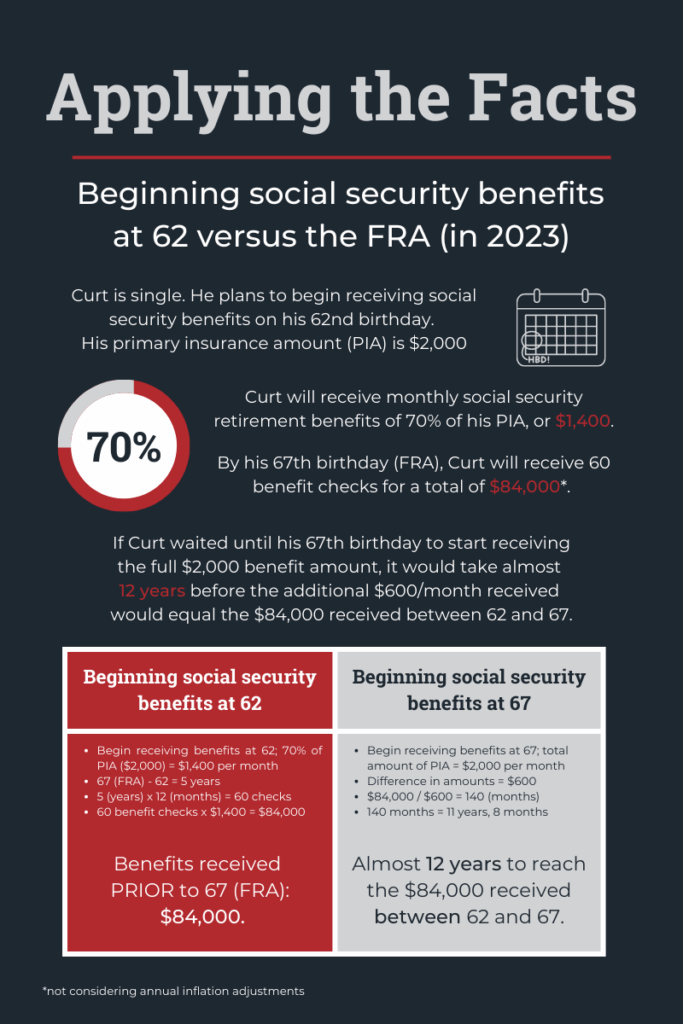
How to Protect Your Benefits As Trump’s Medicaid and Social Security Remarks: Expert Advice
If you or someone you know relies on Medicaid or Social Security, it’s important to stay informed and take proactive steps. Here’s what you can do:
- Stay Informed: Follow updates from trusted news sources and official government websites to keep up with proposed changes and their potential impact.
- Review Your Benefits: Regularly check your benefits and ensure you understand what’s available to you. For Social Security, visit SSA.gov for more information.
- Advocate for Change: If you’re concerned about cuts to Medicaid or Social Security, consider reaching out to your local representatives to voice your opinion.
Political Implications: The Bigger Picture
The debate over these programs is not just about numbers—it’s about people’s lives. The cuts to Medicaid, particularly, could have disastrous effects on state budgets and local healthcare systems. States rely heavily on federal Medicaid funding to ensure their low-income populations receive healthcare. A reduction in this funding could lead to higher state taxes or even service reductions at the state level.
Proposed Medicaid Changes Could Devastate Kentucky Families—See What’s at Stake
Millions at Risk? How Medicaid Cuts Could Devastate Young Adults’ Access to Lifesaving Care
Staying Less Than 60 Days? Here’s Exactly What Medicare Will Charge You in 2025


